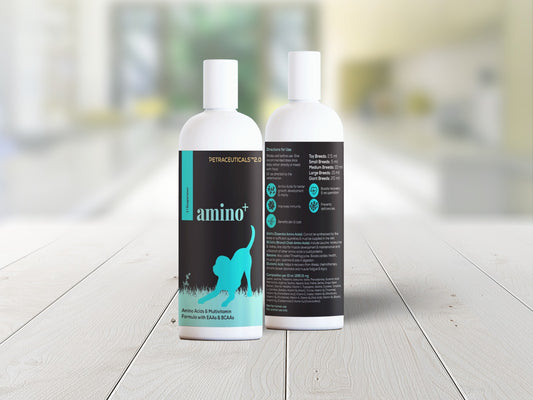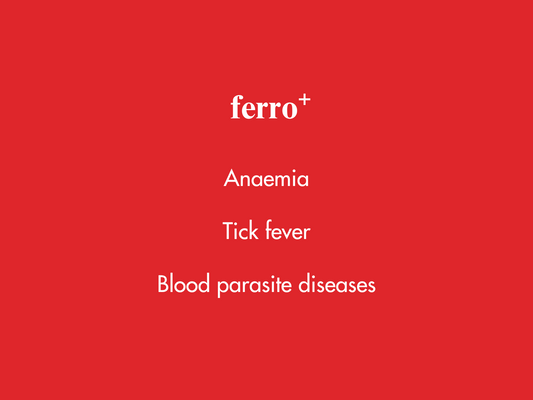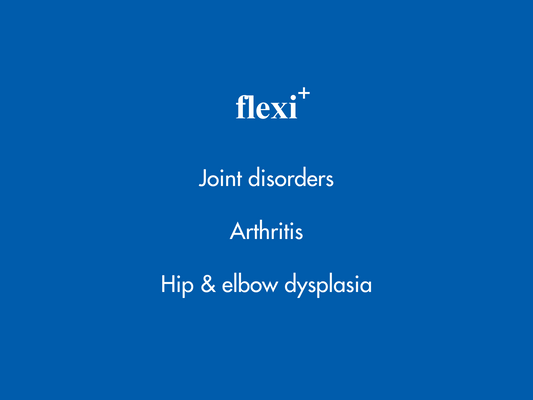Glanders is a highly contagious and potentially fatal bacterial infection that primarily affects horses, mules, and donkeys. It is caused by the bacterium Burkholderia mallei (B.mallei). Glanders can also affect other animals, including humans, making it a zoonotic threat, but these cases are rare. The disease is primarily transmitted through direct contact with infected animals or contaminated materials. Glanders is a notifiable disease.

Causes
Burkholderia mallei, the bacterium responsible for glanders, is typically transmitted through contact with nasal discharge, saliva, urine, or pus from infected animals. Contaminated feed, water, equipment, or surfaces can also contribute to the spread of the disease.
Symptoms
Glanders can manifest in two forms: acute and chronic.
Acute Glanders
- Fever
- Nasal discharge (often thick and purulent)
- Swelling and nodules in the nasal mucosa
- Ulcers and sores in the respiratory tract
- Respiratory distress
- Coughing
- Enlarged lymph nodes
- Depression and lethargy
Chronic Glanders
- Skin lesions and nodules
- Formation of abscesses in internal organs
- Weight loss
- Lameness
- Occular symptoms, including conjunctivitis and discharge
It's important to note that some horses may be carriers of the bacterium without showing clinical signs, making detection challenging.
Treatment
Glanders is a serious disease, and there is no specific treatment that guarantees a cure. Euthanasia is often recommended to prevent the spread of the disease. In some cases, affected animals may be treated with antibiotics, but success rates are variable, and the risk of relapse is high.

Prevention
Preventing the introduction and spread of glanders is crucial. Key preventive measures include:
- Quarantine: Isolate new animals to prevent the introduction of the bacterium to a healthy population.
- Testing: Regular testing of horses, especially those in contact with other animals, is essential for early detection.
- Hygiene: Maintain strict hygiene practices, including regular cleaning and disinfection of stables, equipment, and feeding utensils.
- Control of vectors: Manage and control insect vectors that can potentially spread the disease.
- Avoidance of contaminated sources: Ensure that feed, water, and equipment are free from contamination.
Due to the zoonotic potential of glanders, strict biosecurity measures should also be in place to protect humans from potential exposure. In many countries, including India, glanders is a notifiable disease, and any suspected cases should be reported to veterinary authorities immediately.

 Proud to have impacted over 1 Million Happy Pet Parents since 2013.
Proud to have impacted over 1 Million Happy Pet Parents since 2013. 











